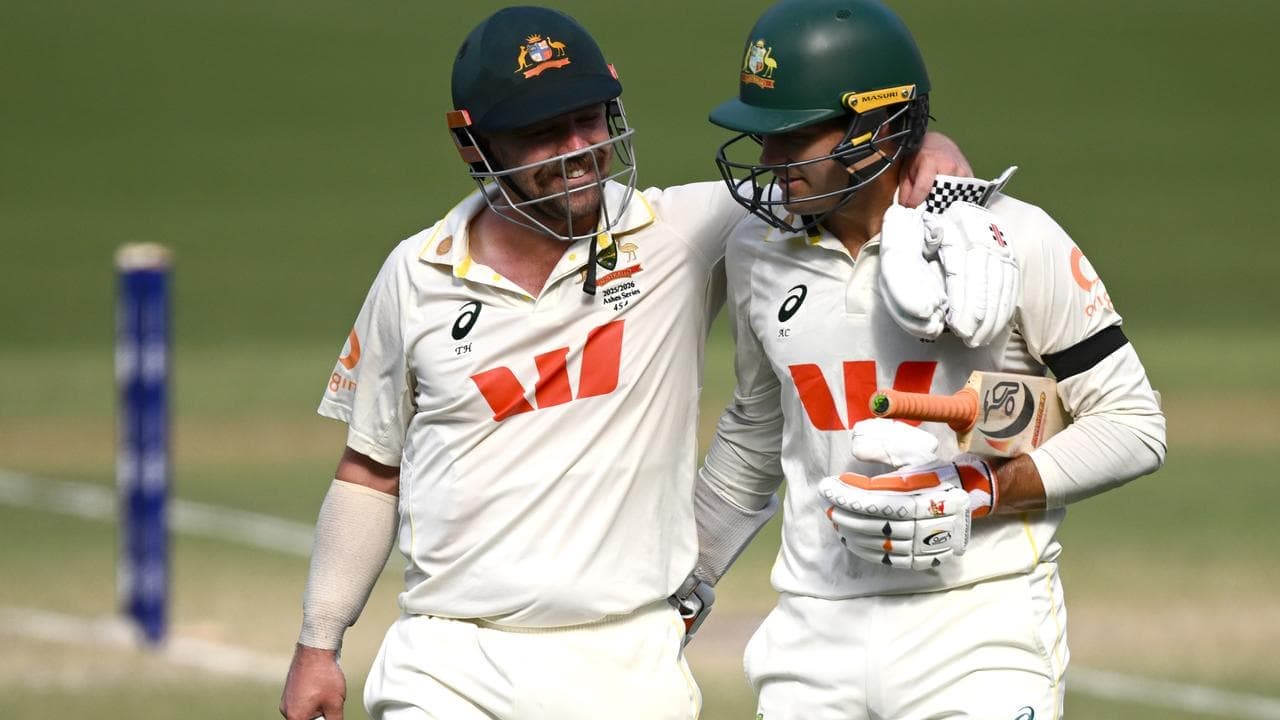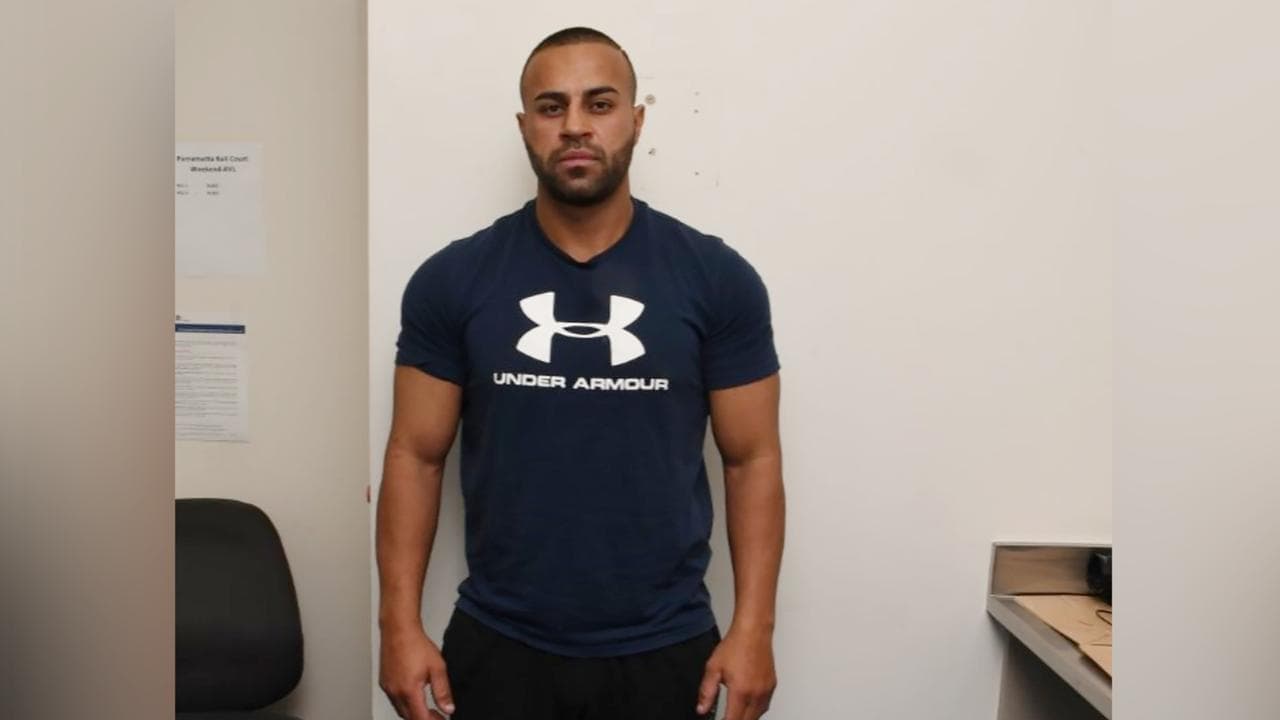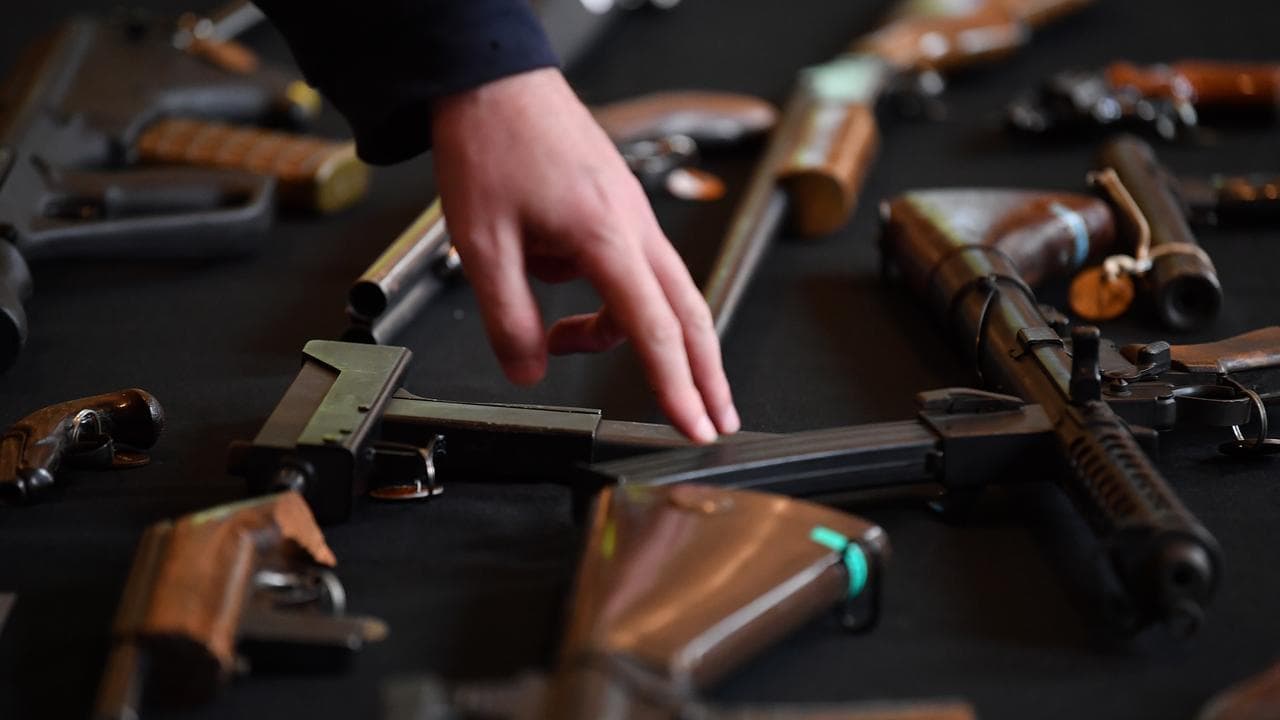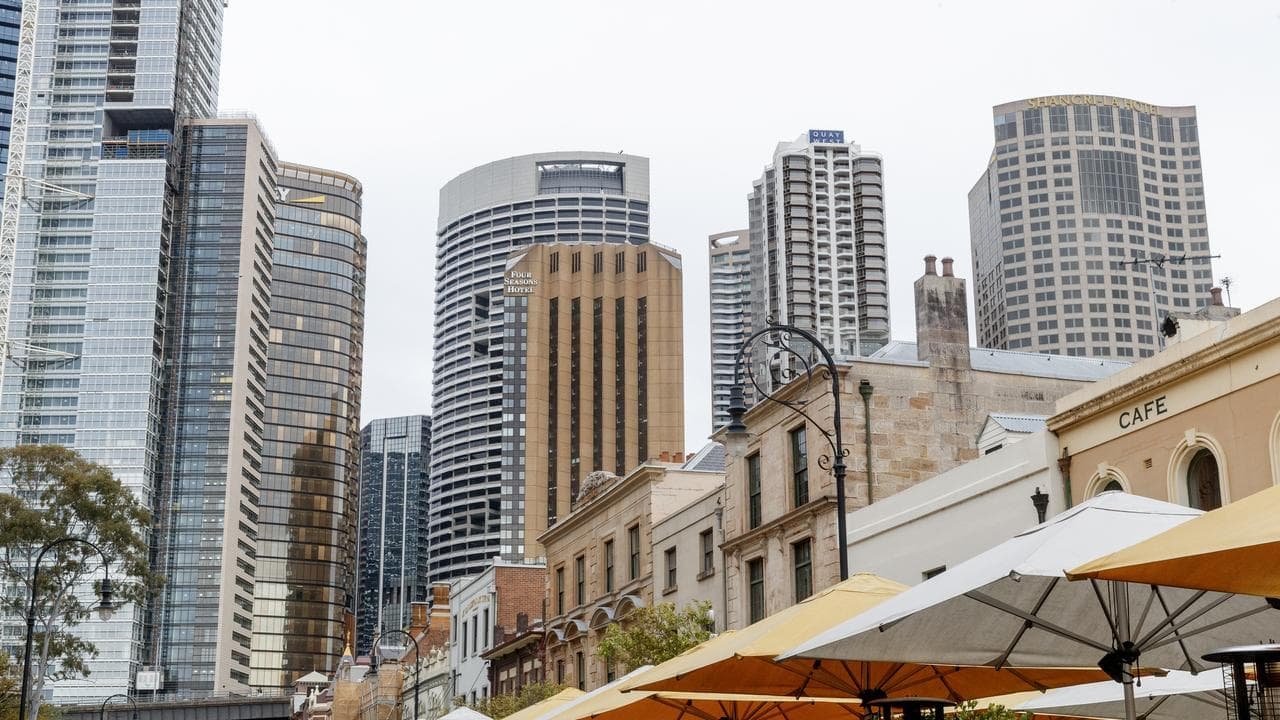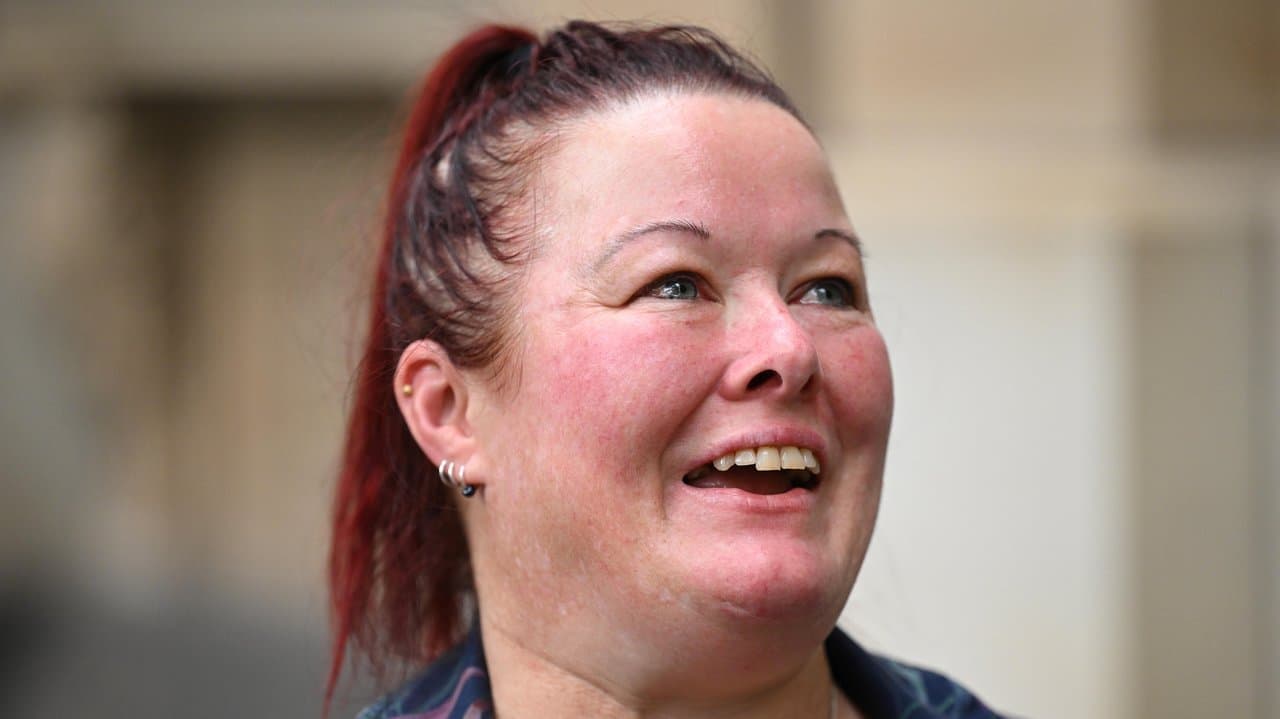WHAT WAS CLAIMED
The 'yes' campaign in the Indigenous voice referendum is being funded by taxpayers.
OUR VERDICT
False. No public funds have been allocated to either the 'yes' or 'no' campaigns.
Opponents of the proposed Indigenous voice to parliament claim the 'yes' campaign is being funded by taxpayers.
This is false. Experts told AAP FactCheck the government is funding the referendum process and neutral education programs, but the law prevents it from allocating money to the 'yes' and 'no' campaigns and there's no evidence it has done so.
The claim was made in a Facebook post (archived here) in a group that opposes the proposed Indigenous advisory body.
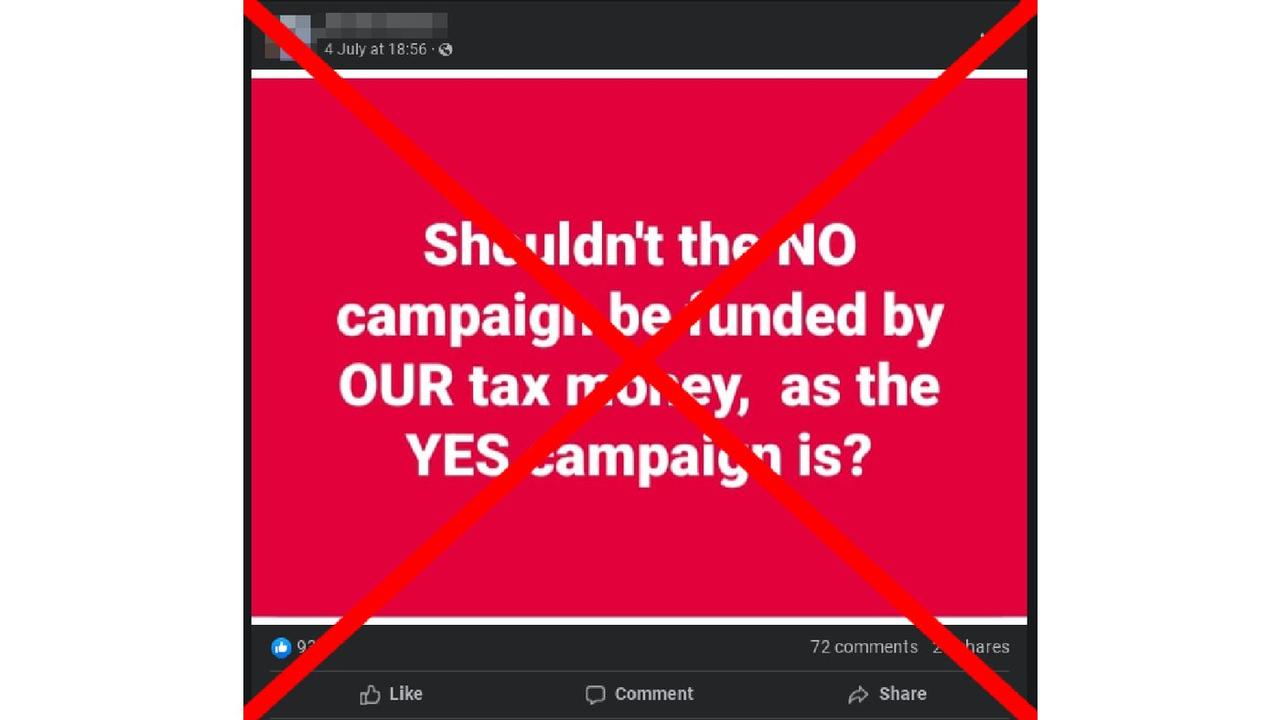
"Shouldn't the NO campaign be funded by OUR tax money, as the YES campaign is?" the post says.
A similar claim about the government funding the 'yes' side but not their opponents has been made here.
It's not entirely clear what evidence the claim is based on but allegations about the government tilting the financial scales for the 'yes' campaign have been circulating for months.
AAP FactCheck has previously debunked similar claims here and here.
The Albanese government confirmed in November 2022 that no public money would be allocated to either side in the campaign.
University of New South Wales Associate Professor Paul Kildea said the law prevents the government from spending any money in favour or against any referendum proposal.
Dr Kildea said Section 11(4) of the Referendum (Machinery Provisions) Act 1984 strictly prohibits expenditure in support of the 'yes' or 'no' campaigns.
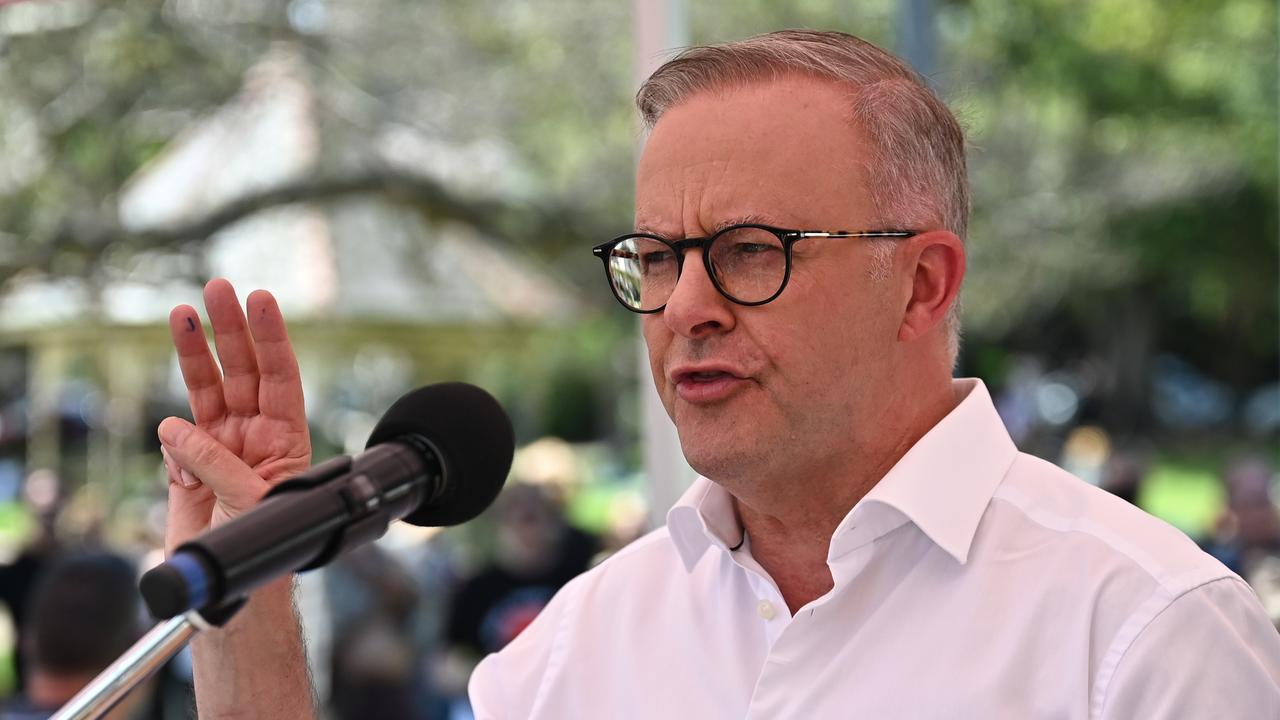
"There are some narrow exceptions to this rule - for instance, the government can fund the preparation and distribution of an official pamphlet containing Yes and No cases authorised by members of parliament," he told AAP FactCheck in an email.
The law does allow the government to fund the referendum itself and public education programs about it, Dr Kildea said, but again those must be neutral on the proposal itself.
Indigenous Australians Minister Linda Burney announced in May that more than $1 million would be allocated to the Constitution Education Fund Australia and the Museum of Australian Democracy to educate people about the referendum.
The government also announced in the May 9 budget that $364.6 million would be spent on the voice referendum over the three years from 2022/23 (page 85).
It has allocated $336.6 million to the Australian Electoral Commission to deliver the vote, including $10.6 million for the 'yes' and 'no' campaign information pamphlets.
Another $12 million is earmarked for the National Indigenous Australians Agency (NIAA) and the Museum of Australian Democracy for neutral public civics education and awareness activities.
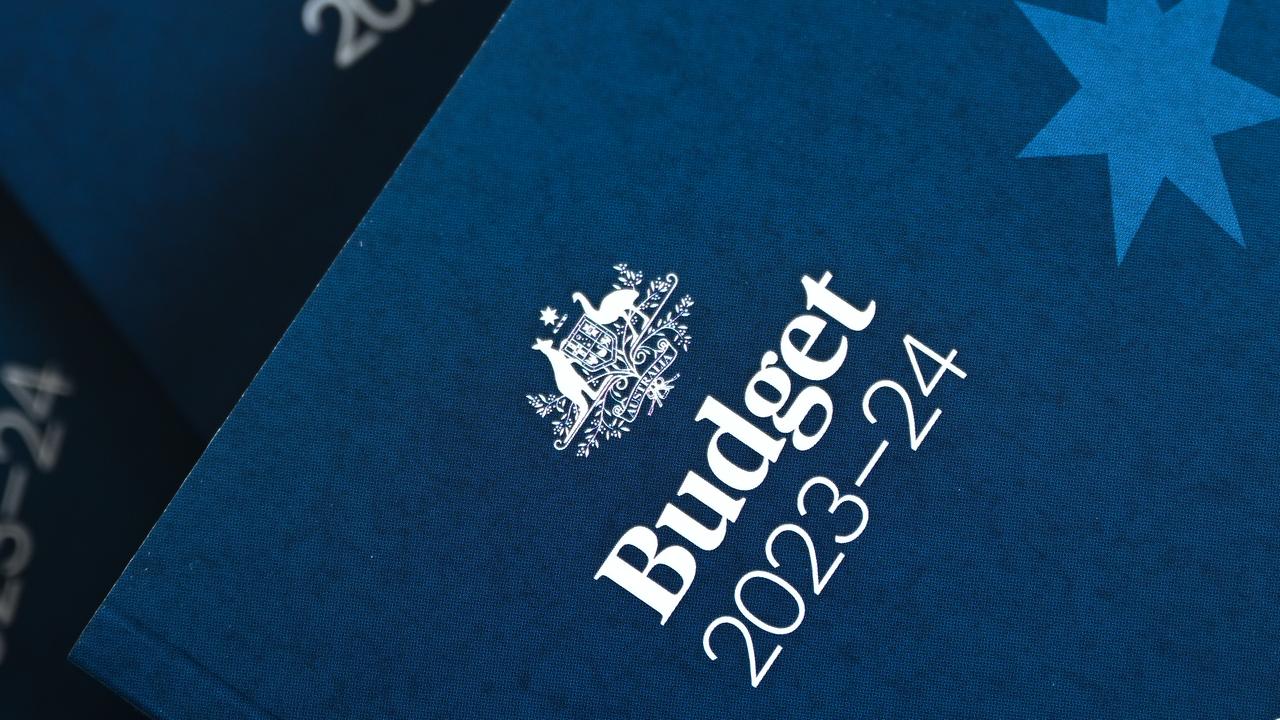
The Department of Health and Aged Care has been given $10.5 million to increase mental health support for First Nations people during the referendum period.
The National Indigenous Times reported that the extra funding comes amid concerns about the impact of potential racism and misinformation during the campaign.
Finally, $5.5 million has been allocated to the NIAA for referendum consultation, policy and delivery (page 85).
Ms Burney's office told AAP FactCheck that no funding has been provided to either campaign group to date.
"The government has not and will not provide funding to the 'yes' or 'no' Voice campaigns," a spokesperson for the minister said in an email.
"The government has funded a neutral, fact-based civics education and awareness program to ensure Australians have the information they need to cast an informed vote at the referendum."
Dr Kildea said the official campaign groups rely on private donations to raise funds for advocacy, including television, radio and social media ads with both sides granted tax deductibility status.
There are no legal limits on the amount of money that can be donated, he said, nor is there any limit on campaign spending.
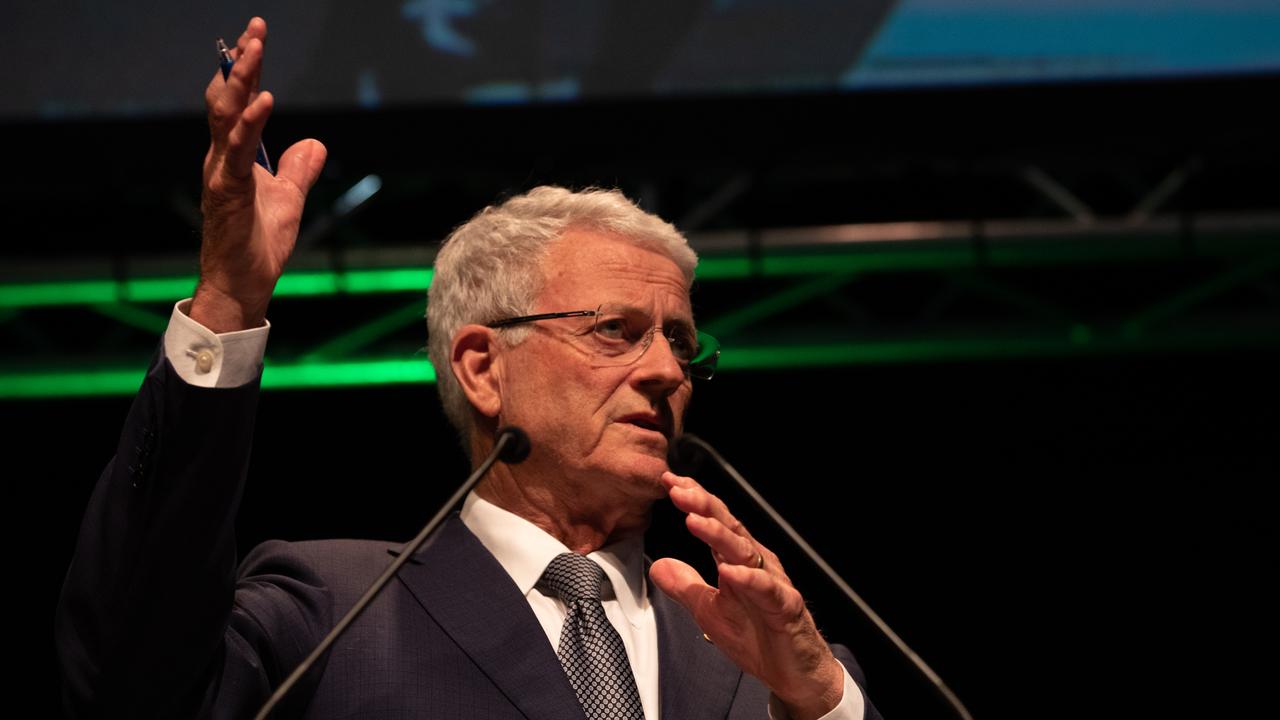
Some of Australia's biggest companies and philanthropists have backed the proposed Indigenous voice, and many have also donated millions of dollars to the official 'yes' campaign group.
The Verdict
The claim the 'yes' campaign in the voice to parliament referendum is being funded by taxpayers is false.
An expert told AAP FactCheck the law prevents the government from funding either side, and no public money was allocated or promised in the May budget.
The 'yes' and 'no' campaigns are being funded by private donations with both sides granted tax deductibility status by the government.
False – The claim is inaccurate.
AAP FactCheck is an accredited member of the International Fact-Checking Network. To keep up with our latest fact checks, follow us on Facebook, Twitter and Instagram.








